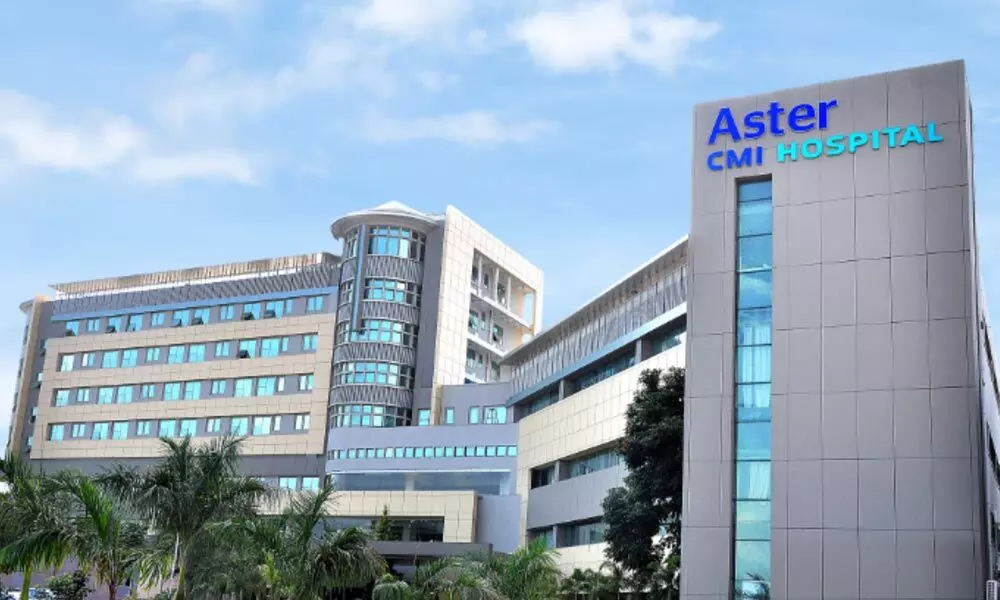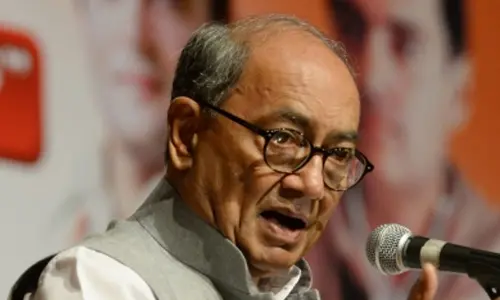Bengaluru: 17-year-old boy with acute ischemic stroke gets new lease of life

Aster CMI Hospital
A 17-year-old college student with no health complications was diagnosed with acute ischemic stroke after collapsing in the washroom.
Bengaluru: A 17-year-old college student with no health complications was diagnosed with acute ischemic stroke after collapsing in the washroom.
Ram (name changed), a college student from Bellur, was brought to the emergency department of Aster CMI Hospital. Despite being fit and having no health complications, Ram woke up in the middle of the night and fell unconscious in the washroom. Immediately he was taken to a local hospital and was referred to Aster CMI for further evaluation.
Doctors observed that he was unable to speak and understand, a disorder usually caused by damage to parts of the brain that controls language, and weakness or paralysis on one side of the body. An MRI scan revealed acute ischemia, a brain stroke in the left middle cerebral artery territory with blockage of the left internal carotid artery (ICA).
Ram was immediately moved to the cath lab for mechanical thrombectomy. It is a minimally invasive procedure to remove the clot/thrombus causing blockage within the blood vessel. Post the thrombectomy, ICA displayed narrowing of the arteries reclosing within minutes. He had to undergo a balloon angioplasty which is a procedure to open stenosis arteries by inserting a long thin catheter with a small balloon at the top. He was also given a stent in the heart after that.
Commenting on the rising cases of stroke in young adults and the importance of early treatment, Dr Santhosh N U, Consultant - Neurosurgery & Endovascular Neurosurgery, Aster CMI Hospital said, "A stroke is a medical emergency. It can often be a silent or a painless disease that occurs suddenly. Acute stroke if treated within the 'Golden Hour' which is 4.5 hours after the onset can significantly help in survival and preventing long term disability. Beyond this, there is a risk of increased irreversible damage to the brain. To open up the blocked blood vessels and remove the clot, patients are injected with a clot-buster within 4.5 hours and Mechanical Thrombectomy can be done up to 24 hours after the onset of stroke symptoms. Accumulation of fat and cholesterol-Atherosclerotic plaque in the neck vessels is the most common cause for Ischemic stroke. In Ram's case, the stroke was caused by an accumulation of atherosclerotic or cholesterol plaque in the brain arteries known as Primary Intracranial Atherosclerotic Disease (ICAD). *ICAD with significant narrow arteries may present either with mini-stroke (transient ischemic attacks) during hemodynamic imbalance (unstable blood pressure) or it may present as an acute ischemic stroke when the plaque ruptures which can cause thrombotic occlusion, absence of blood flow. In such case, the blockage has to be removed through a combination of mechanical thrombectomy and balloon angioplasty and stenting for the underlying critical stenosis.".
The patient made a quick recovery and was discharged the next day. After a month, he had completely recovered the motor power on the right side and developed good comprehension and memory with only anomic aphasia.
















